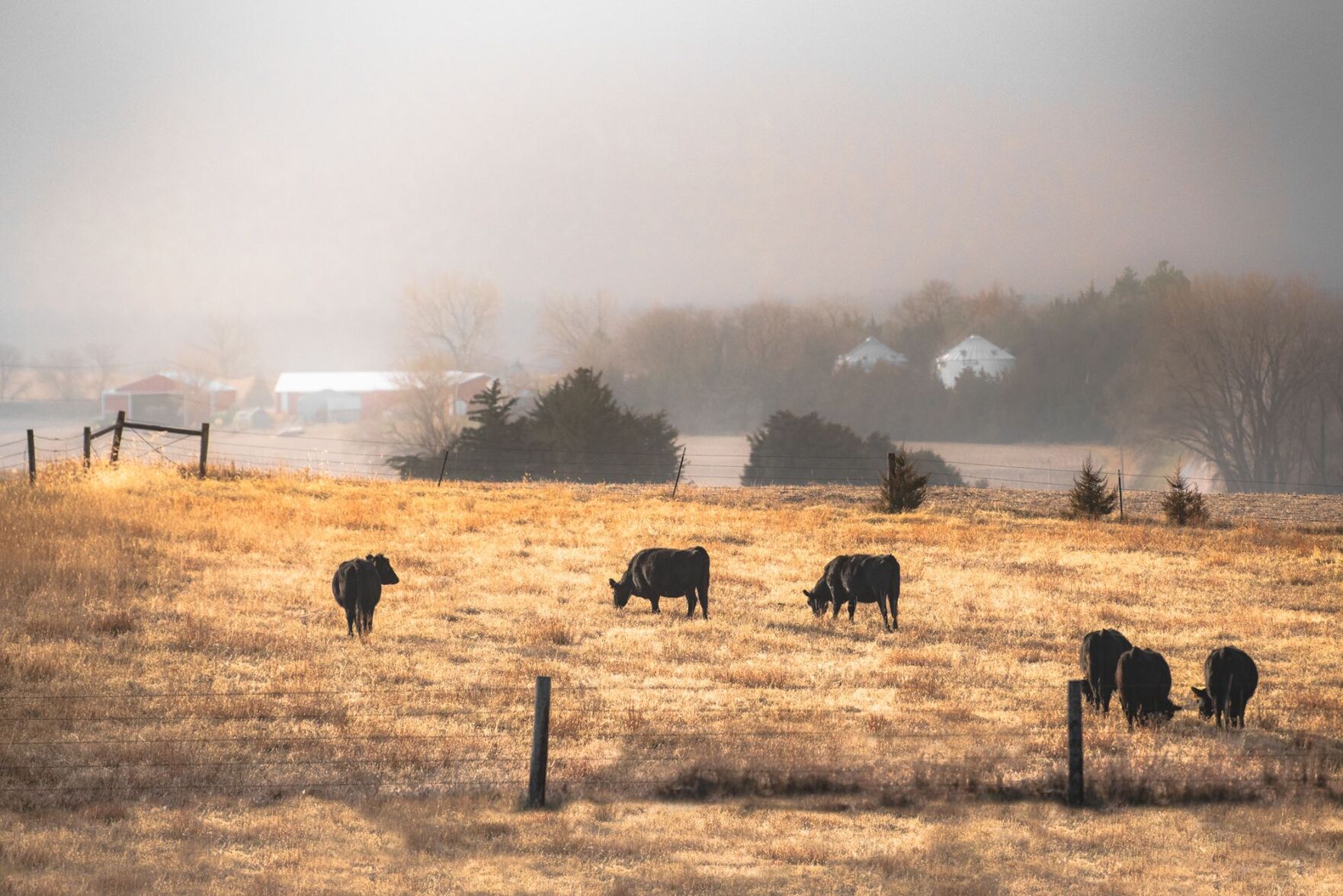During a recent Kansas State University Research and Extension meeting on cattle theft awareness in Wilmore, Kansas, Special Agents James Pinegar and Josh Winkler presented ways the Livestock and Brands Investigations Unit can help ranchers recover stolen livestock and steps producers can take to head thieves off at the pass.
Time is of the essence when livestock turn up missing. They may be on the neighbor’s place, and they may not. Justin Goodno, Barber County Extension livestock specialist, emphasized keeping in touch with neighbors as finding out those missing cattle aren’t in a nearby pasture months later will do no good.
Many livestock thieves will steal trucks and trailers to haul stolen cattle counties or states away to feed their habits. Whether they’re trying to pay off gambling debts or drug addiction, there is little recourse for producers if they don’t take basic measures to protect their livelihood.
“Lock your gates and brand your cattle as much as you can,” Winkler said.
Ear tags are the first things thieves dispose of when taking livestock. Brands can be branded over but doing that in Kansas takes the act from a property crime, where the punishment depends on the criminal history of the offender, to a felony.
“There are 18,000 registered brands in Kansas,” Pinegar said. “I bet less than half of those are used.”
The Kansas Department of Agriculture has a searchable brand website at bit.ly/3PdAKob that can be used to determine an animal’s homeplace.
Whether there is an extra cow in your pasture or there are fewer cows than there should be, getting law enforcement involved is the producer’s best first step. Law enforcement can often find the rightful owner of the stray or they can begin the investigation into the missing stock.
It’s at this point the producer needs to leave things alone. That means not touching any evidence at the scene, including but not limited to cigarette butts and odd feed bags, which may give authorities information on the animals’ whereabouts.
Armed with that information, the LBIU alerts its extensive network of other law enforcement offices, livestock markets, and livestock associations to any identifying brands or markings of the stolen livestock.
The LBIU can also fly a drone along fence lines to see if there are any breaks in the fence or draws where cattle might be hiding out.
One of the more technological tools at their disposal is a Google geo-fence warrant. Winkler explained that the agency picks four longitude and latitude locations around the crime scene and determines the timeframe that crime was committed. Once they obtain a signed search warrant through the local district court, they send it to Google online. Google will tell them any devices, which are usually cell phones but can be any equipment that requires cellular data, that were within the geo-fenced area during the established timeframe. With the help of Google Earth, investigators can eventually show roads that were traveled, a specific direction of travel, and the date and time the devices were used.
“Thieves can be 200 to 300 miles away in just a few hours,” Pinegar said. “Then they’ll get full face value the next day at a market.”
Heading them off at the pass
If a producer would rather not risk valuable cattle being taken, often in broad daylight, cameras can be installed on the property and gates can be locked.
Sergeant Sara Boor, Barber County Sheriff’s Department, suggests using an old game camera that doesn’t work anymore as a decoy. With the decoy camera mounted somewhere the thieves can see it, a working camera can be mounted in a hidden location allowing it to possibly catch a clear picture of a license plate or the thief’s face.
Another way to foil a thief’s plans is to be armed with as much information as possible. That means getting an accurate head count when cattle are unloaded at the pasture and noting the date as well. Check the cattle regularly and keep track of when you check them. These dates and data can mean getting back the investment you’ve made.
Jennifer Theurer can be reached at 620-227-1858 or [email protected].


